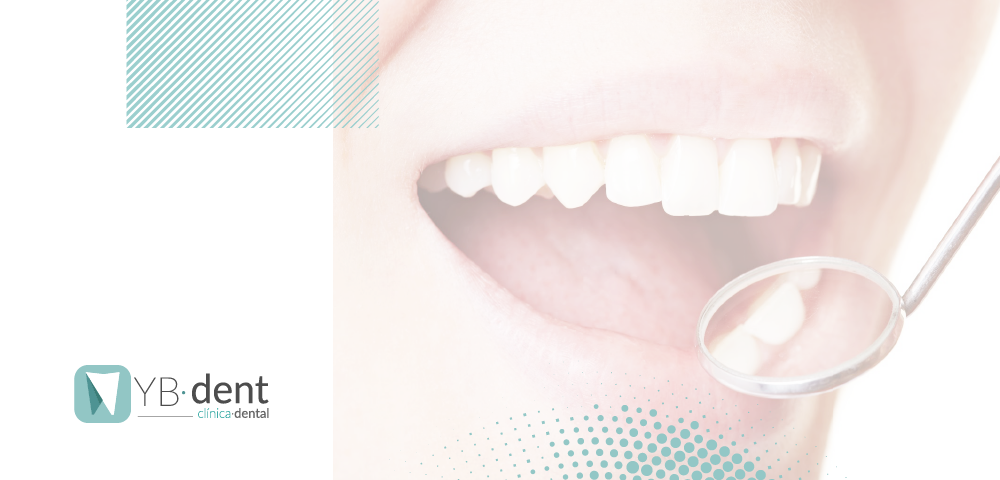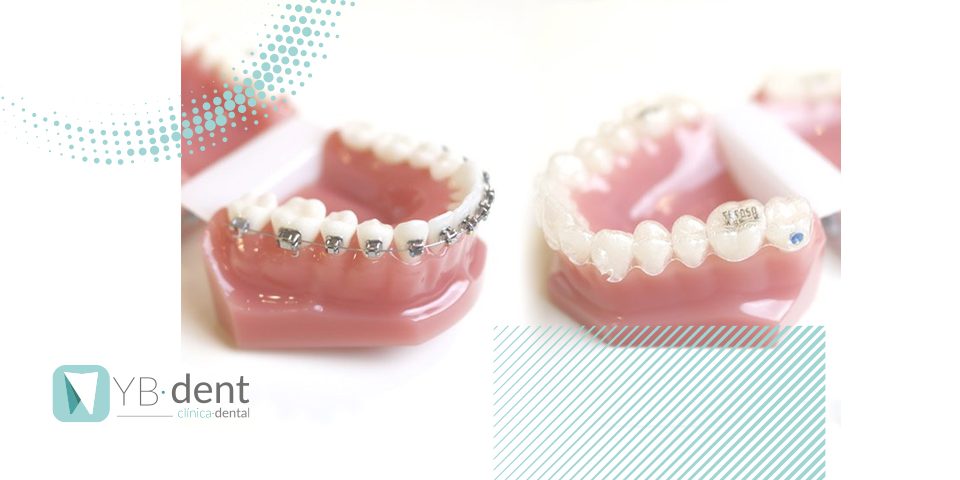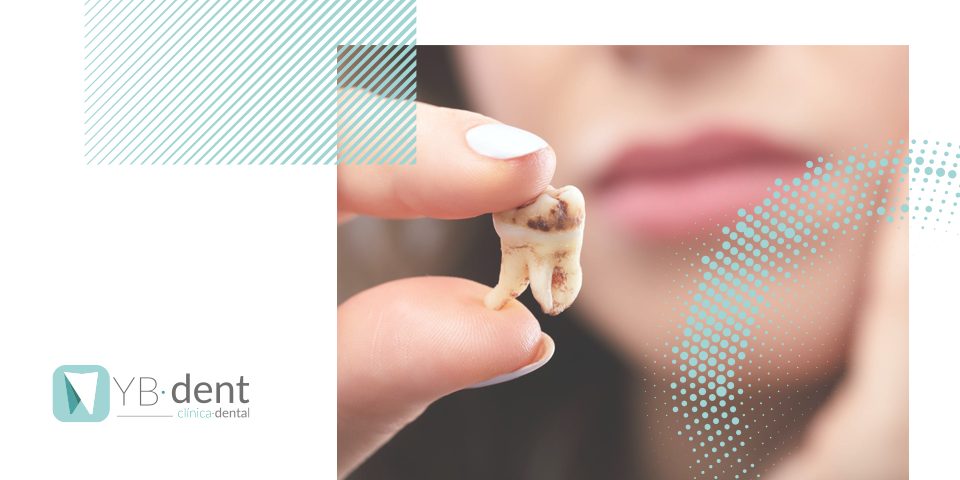Diferencia entre la placa dental y el sarro

Muchas personas, a la hora de visitar al dentista, se preguntan si existe alguna diferencia entre la placa y el sarro. Esta duda es bastante interesante, ya que la acumulación de sarro o placa en los dientes es uno de los problemas dentales más frecuentes. A grandes rasgos, una acumulación de placa elevada puede provocar un deterioro de los dientes y facilitar la aparición de enfermedades periodontales. A su vez, el sarro es placa dental calcificada. Conocer las diferencias entre estos dos problemas puede ayudar a que cuidas tus dientes de una manera más eficaz.
Conoce qué es la placa dental
La placa es un biofilm incoloro y con una textura pegajosa que contiene unas bacterias, las cuales se acumulan de manera natural en la superficie dental, sobre todo a en la línea que rodea las encías entre las cuatro y doce horas posteriores al cepillado. Los azúcares que contienen las bebidas y alimentos se combinan con la placa bacteriana para liberar ácidos, los cuáles dañan y descomponen el esmalte de los dientes, facilitando la aparición de caries. A su vez, la placa bacteriana favorece la proliferación de enfermedades de las encías como la gingivitis. La mejor forma de evitar la aparición de la placa es cepillarse y usar el hilo dental todos los días, ya que, en caso contrario, se va acumulado y endureciendo hasta convertirse en sarro.
Descubre que es el sarro
Cuando se forma sarro en los dientes, este tiene una consistencia muy resistente, ya que es un depósito duro e incrustado que absorbe manchas y produce la decoloración de los dientes. Su formación se debe a la reacción que se produce cuando la placa residual situada en la superficie de los dientes se combina con los minerales que posee la saliva. El sarro solo puede ser eliminado a través de la intervención de un dentista, pero lo que si puedes hacer es impedir de manera activa que aparezca con una regularidad de varias veces al día en el cepillado de tus dientes.
¿Qué repercusiones tiene?
Con lo visto hasta ahora, podemos distinguir la principal diferencia que existe entre la placa y el sarro: la placa se puede eliminar con una buena higiene dental, mientras que el sarro necesita de la intervención de un dentista profesional para su erradicación. A grandes rasgos, la presencia de placa o sarro en los dientes pueden llegar a provocar caries o enfermedades periodontales. Una de las más conocidas de este último grupo es la gingivitis, que suele ser la causante de la aparición de sarro, debido a su cercanía con las encías. Por otro lado, tanto la placa bacteriana como el sarro pueden provocar la aparición de halitosis, que es el causante del mal olor que desprende la boca. En el peor de los casos, cuando el sarro lleva años acumulándose dentro de la boca, se puede llegar a perder la pieza dental.
¿Cómo prevenirse del sarro y la placa?
Las indicaciones que se suelen seguir para evitar la formación de sarro y placa son las siguientes:
- Cepillarse los dientes entre dos y tres veces al día
- Usar enjuague bucal dos veces al día
- Utilizar el hilo dental diariamente
- Comprobar habitualmente que en la boca no empieza el inicio de sarro
- Acudir una vez al año al dentista para que realice una revisión
Desde esta clínica dental en Valencia recomendamos cuidar la salud bucal para evitar afecciones como el sarro o la placa. Si requieres de nuestros servicios o tienes alguna duda con respecto a tu salud, en Clínica Dental YB·dent estamos a tu disposición. Nos encontrarás en C/ Viver 25, 46020 Valencia. Para cualquier consulta, llámanos a: 961 672 098 / 696 556 977.



